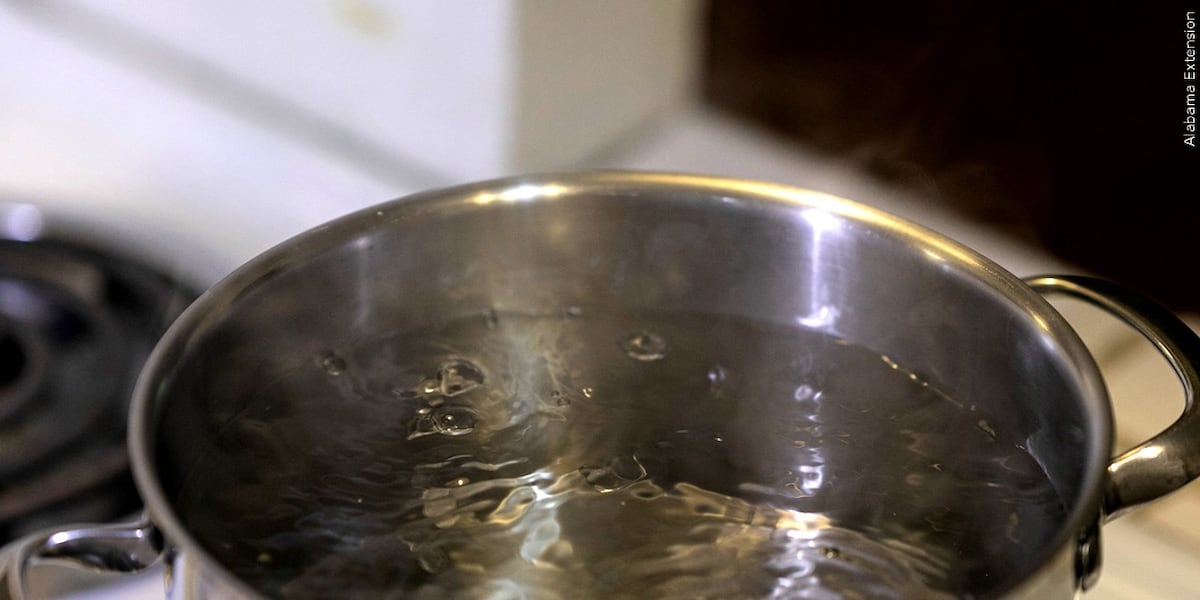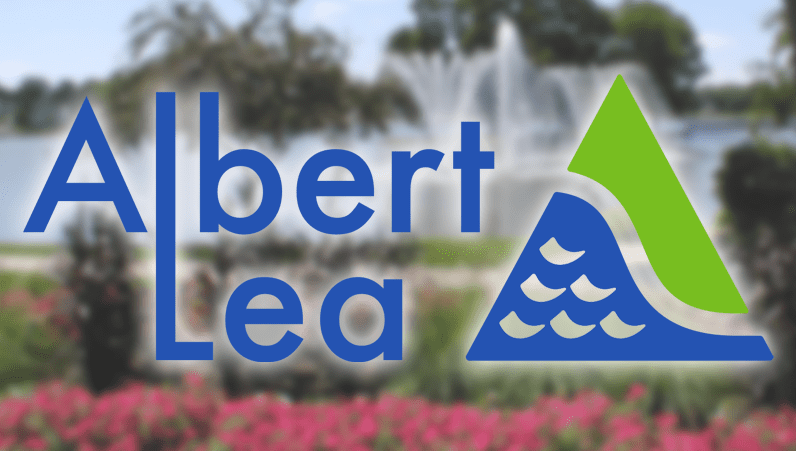Report on Water Safety Advisory and its Implications for Sustainable Development Goals
Incident Overview
On October 24, the Kansas Department of Health and Environment (KDHE) issued a boil water advisory for the City of Council Grove, Morris County Rural Water District (RWD) 1, and Morris County RWD 2. The advisory was necessitated by high turbidity levels at the Council Grove water treatment plant. Such conditions can compromise water safety by leading to a loss of chlorine residuals and creating a risk of bacterial contamination.
Impact on SDG 6: Clean Water and Sanitation
This public health alert highlights a critical challenge to achieving Sustainable Development Goal 6, which advocates for access to clean water and sanitation for all. The failure to provide reliably safe drinking water, as indicated by this advisory, directly contravenes Target 6.1: “By 2030, achieve universal and equitable access to safe and affordable drinking water for all.” The incident underscores the importance of robust infrastructure and consistent water quality management to ensure community access to this fundamental resource.
Public Health Implications and Alignment with SDG 3: Good Health and Well-being
The potential for bacterial contamination poses a direct threat to public health, a core component of Sustainable Development Goal 3, which aims to ensure healthy lives and promote well-being. Contaminated drinking water is a primary vector for diseases, and this advisory serves as a crucial preventative measure to protect the community from waterborne illnesses. Maintaining water safety is fundamental to upholding public health and advancing the objectives of SDG 3.
Recommended Public Health Measures
To safeguard public health and well-being, residents in the affected areas are instructed to observe the following precautions until the advisory is officially rescinded:
- Boil water for one minute prior to drinking or food preparation, or use bottled water.
- Dispose of all ice cubes and refrain from using ice from a household automatic icemaker.
- If tap water appears dirty, flush the water lines by letting the water run until it clears.
- Disinfect dishes and other food contact surfaces by immersing them for at least one minute in clean tap water containing one teaspoon of unscented household bleach per gallon.
- Water used for bathing does not generally need to be boiled. However, supervision of children is necessary to ensure water is not ingested. Persons with cuts or severe rashes may wish to consult their physicians.
Affected Jurisdictions and Contact Information
The advisory is in effect for the following public water systems:
- City of Council Grove
- Morris Co. RWD 1
- Morris Co. RWD 2
This advisory does not affect customers of the City of Alta Vista or the City of Dwight public water supplies. For consumer questions, please contact the relevant water system or the KDHE.
-
Which SDGs are addressed or connected to the issues highlighted in the article?
The article primarily addresses issues related to two Sustainable Development Goals:
-
SDG 6: Clean Water and Sanitation
The core issue of the article is a “boil water advisory” for public water supply systems. This directly relates to the goal of ensuring the availability and sustainable management of water and sanitation for all, specifically the safety and quality of drinking water.
-
SDG 3: Good Health and Well-being
The advisory was issued because high turbidity can lead to “bacterial contamination,” which poses a significant health risk to the population. By taking precautions to prevent waterborne illnesses, the article connects the issue of water quality directly to the goal of ensuring healthy lives and promoting well-being.
-
-
What specific targets under those SDGs can be identified based on the article’s content?
Based on the SDGs identified, the following specific targets are relevant:
-
Target 6.1: Achieve universal and equitable access to safe and affordable drinking water for all
The article highlights a failure to meet this target for the residents of Council Grove and Morris Co. RWD 1 and 2. The issuance of a boil water advisory means that the water supplied is not considered “safe” for direct consumption, forcing residents to either boil it or use bottled water. This represents a temporary loss of access to safely managed drinking water.
-
Target 3.9: Substantially reduce the number of deaths and illnesses from hazardous chemicals and air, water and soil pollution and contamination
The entire purpose of the advisory is to prevent illnesses that could arise from “bacterial contamination” in the water supply. The precautions listed, such as boiling water and disinfecting surfaces, are direct actions aimed at mitigating the health risks associated with water contamination, thereby aligning with the goal of reducing illnesses from this source.
-
-
Are there any indicators mentioned or implied in the article that can be used to measure progress towards the identified targets?
The article implies several indicators that can be used to measure progress:
-
Indicator 6.1.1: Proportion of population using safely managed drinking water services
The article implies this indicator by describing a situation where a portion of the population is temporarily *not* using a safely managed service. The reason for the advisory, “high turbidity” and potential “loss of chlorine residuals,” are technical parameters used to assess whether water is safely managed. The number of people and the duration of the boil water advisory are direct measures of a disruption to safely managed services.
-
Indicator 3.9.2: Mortality rate attributed to unsafe water, unsafe sanitation and lack of hygiene
While the article does not mention any deaths or illnesses, the risk of “bacterial contamination” is the central concern. The issuance of a health advisory is a proactive measure to prevent the negative health outcomes that this indicator tracks. The frequency and duration of such advisories can serve as a proxy indicator for the risk of illness due to unsafe water in a population.
-
-
Create a table with three columns titled ‘SDGs, Targets and Indicators” to present the findings from analyzing the article.
SDGs Targets Indicators SDG 6: Clean Water and Sanitation Target 6.1: By 2030, achieve universal and equitable access to safe and affordable drinking water for all. Indicator 6.1.1: Proportion of population using safely managed drinking water services (implied by the advisory indicating a lack of safely managed water due to “high turbidity” and risk of contamination). SDG 3: Good Health and Well-being Target 3.9: By 2030, substantially reduce the number of deaths and illnesses from hazardous chemicals and air, water and soil pollution and contamination. Indicator 3.9.2: Mortality rate attributed to unsafe water, unsafe sanitation and lack of hygiene (implied by the advisory’s goal to prevent illness from “bacterial contamination”).
Source: wibw.com







